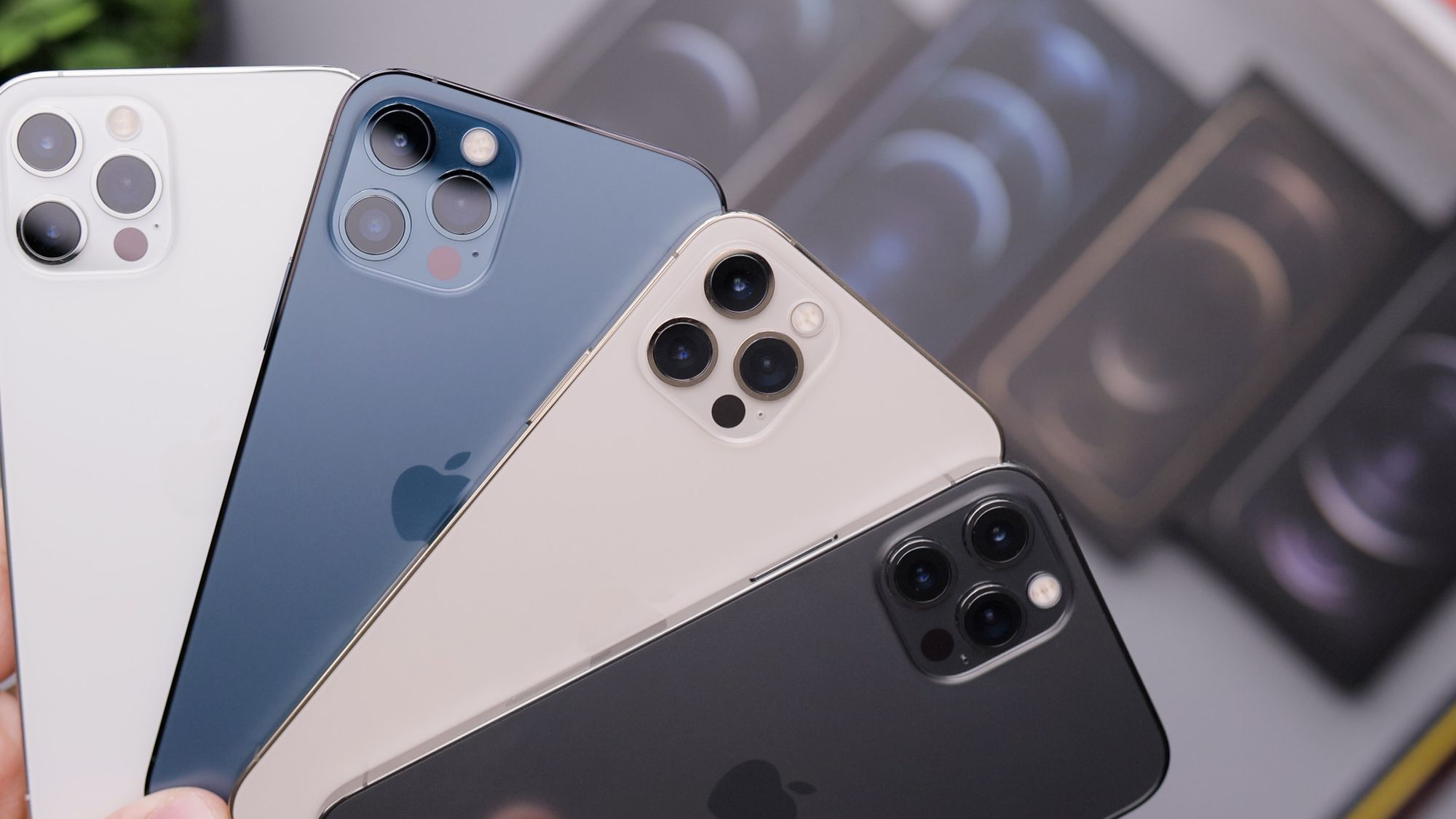How To Backup Android Without Rooting

 Although backing up Android from a rooted device is simple to do, you can still back up your android device with a couple of tools supplied from Google. Here is a list of steps needed to back up your Android device.
Although backing up Android from a rooted device is simple to do, you can still back up your android device with a couple of tools supplied from Google. Here is a list of steps needed to back up your Android device.
Step 1: Download the latest Java Development Kit (Java JDK)
The first thing you will need to get is Oracle’s Java Development Kit. Note that you will need the JDK version of the latest Android software, not the Java Runtime Environment (JRE). Also, you will need to get the 32 bit version (even if you have a 64 bit machine of Java’s JDK software since the Google’s Android SDK tools wants a 32 bit version. You can download the installation file from Oracle’s site.
Step 2: Download the Android SDK Manager
Download and install the Android SDK software from Google.
Step 3: Install the Android SDK Platform-tools
After installing the Andorid SDK software, launch the program that you have just installed as an administrator. After launching the program, you will be prompted with an SDK manager. Although there are many different tools we can use, we only need to additionally install the “Android SDK Platform-tools” From the tools drop-down. Additionally make sure that the “Android SDK Tools” is installed in the tools drop-down and “Google USB Driver” is installed in the Extras drop-down.
Step 4: Enable USB debugging on the Android device
Before we start backing up the device, we need to make sure we have additional access to the device. To do this, we need to enable “USB Debugging” on the Android device. To do this we will have to go into the device’s settings page > Application Settings > Development > enable USB debugging.
Step 5: Running the backup tool
We will need to know where the files were installed to. To find where the files we need, look at the top of the Android SDK Manager window, next to SDK Path. It will tell you where the files were installed.
Now launch Command Prompt and type
cd <the SDK path disclosed in the Android SDK Manager>/platform-tools
Lets make sure that the device is viewable by the tool. To do this, type
adb devices
to make sure that the device is viewable by the tool. After verifying that the device is viewable by the tool, run the following command
adb backup –apk –shared –all –f //to backup the APK and shared data
After typing the command, follow the instructions listed in the command window by unlocking the device and follow the onscreen instructions.
Additionally, you may want to disable USB debugging after running the tool. To do this we will have to go into the device’s settings page > Application Settings > Development > disable USB debugging.
Step 6: Recovering the device
To restore the device from an image, enable USB debugging and go to the SDK path disclosed in the Android SDK Manager by going into command prompt and type
cd <the SDK path disclosed in the Android SDK Manager>/platform-tools
to get into the folder and run the command
adb restore
and follow the instructions in the command window and the device.




